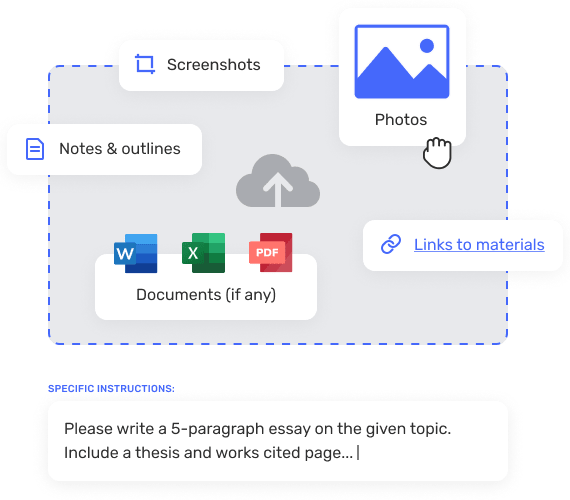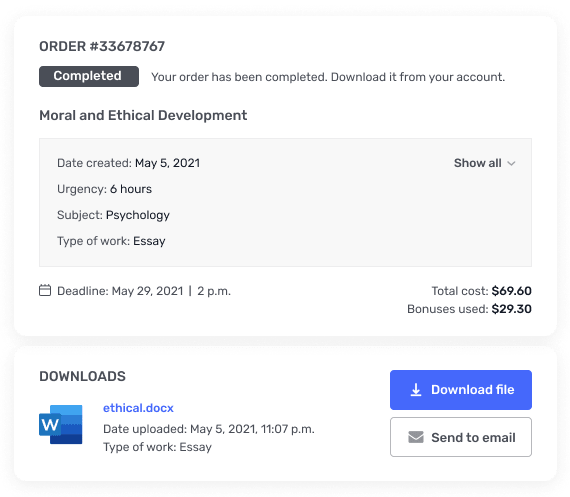The portfolio managers of a firm determined that over the next year
Assignment
1. The portfolio managers of a firm determined
that over the next year interest-sensitive assets are in the amount of $1.5
billion while interest-sensitive liabilities are in the amount of $1.8 billion. Moreover, when considering all of the firm’s
assets and liabilities, they determined that the average duration of assets is
3.6 years while the average duration of liabilities is 4.0 years. The firm’s debt-to-equity ratio is
4-to-1.
a) Calculate GAP and
Duration GAP (DGAP) for this situation. (See Chapter 19 of the Madura text for
a description and example of these calculations).
b) What will happen to net interest income and relative asset prices (market
values) as interest rates rise or fall?
(In other words, how
are net income and overall market value impacted by changes in interest rates?)
c) What strategies
could management employ to hedge against this risk? For instance should it buy or sell futures,
call options or put options (i.e., for each derivative is it a buy or sell
strategy?)?
2. a) Suppose you believe that D’s stock price
is going to decline from its current level sometime during the next 6
months. Suppose you buy a 6-month put
option on D’s stock for $400. This put
option gives you the right to sell 100 shares of D’s stock at an exercise price
of $51 per share. What is the most you
could lose in this purchase, at what price for D’s stock would you break even
by exercising this option and how much would you make if D’s stock fell to $44
per share?
b) A U.S. importer makes a purchase from a
German firm in the amount of 21,000 euros. At the current spot rate of 0.75 euros per
dollar, how much is this purchase in U.S. dollars? Next, consider that this U.S firm will not
have to pay the German firm for 90 days and that the U.S. firm is concerned
that the dollar might weaken over this 90-day period. Suppose the U.S. firm completes a forward
hedge at the 90-day forward rate of 0.725 euros per dollar. If in 90 days the dollar weakens so that the
spot rate is 0.70 euros per dollar, how much of a loss (in dollars) will the
U.S. firm have avoided by hedging its exchange rate exposure?
3. Consider the six influences on call and put
options valuation – asset price, exercise or strike price, time to expiration,
risk free rate of return, dividend or income yield, and asset volatility. Which of the six, when increasing, raises the
market price of a call option on the same asset and which, when increasing,
decreases this call’s market price?
Which of the six, when increasing, raises the market price of a put
option on the same asset and which, when increasing, decreases this put’s
market price?




